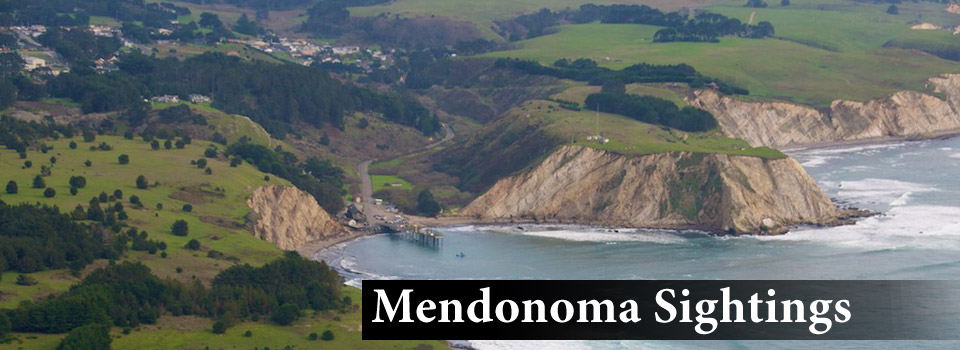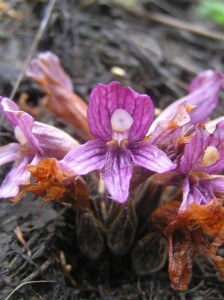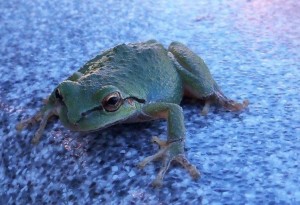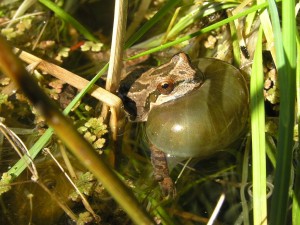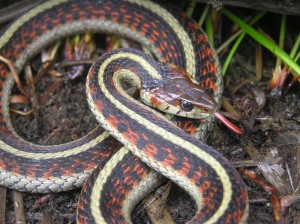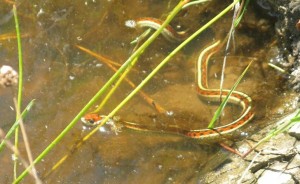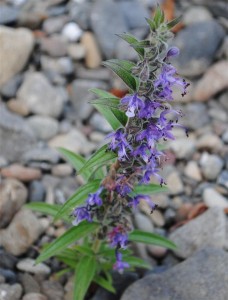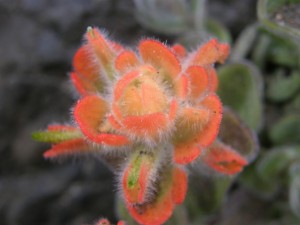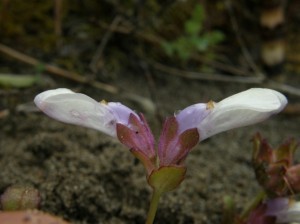Peter Baye found this beauty in Mendocino County, specifically at the back of the beach at Alder Creek. It's Orobanche californica and its rather awful common name is California Broomrape. The color of the flower Peter found is unusual. Because of its extreme environment - salt spray from the Pacific Ocean and marshy sand - it has this lovely purple coloring.
Yes, it's a California native. And if you are a regular reader here you might not be surprised to learn it has medicinal qualities. A decoction of it can be used to treat colds and pneumonia.
Thanks to Peter for allowing me to share this photo here.
